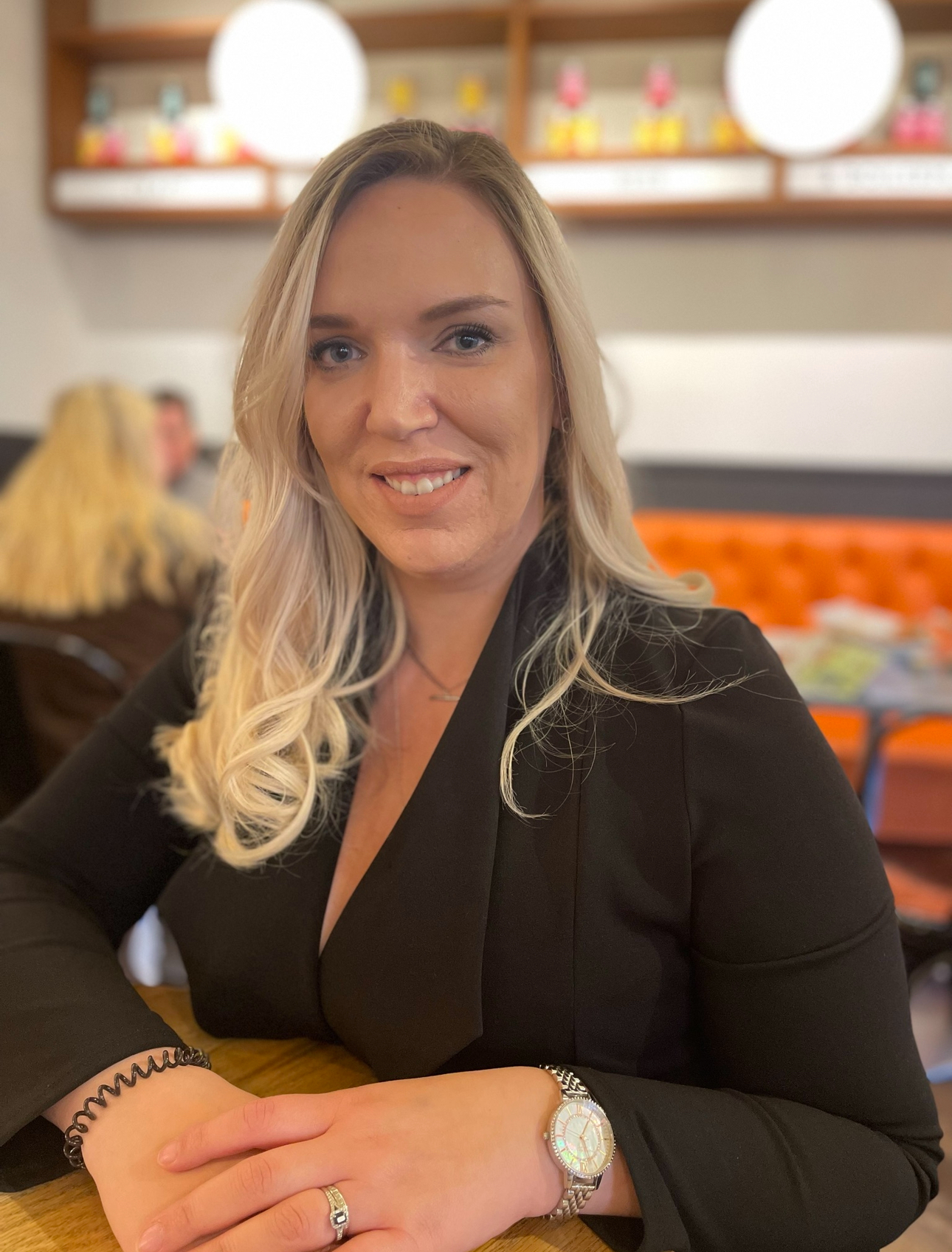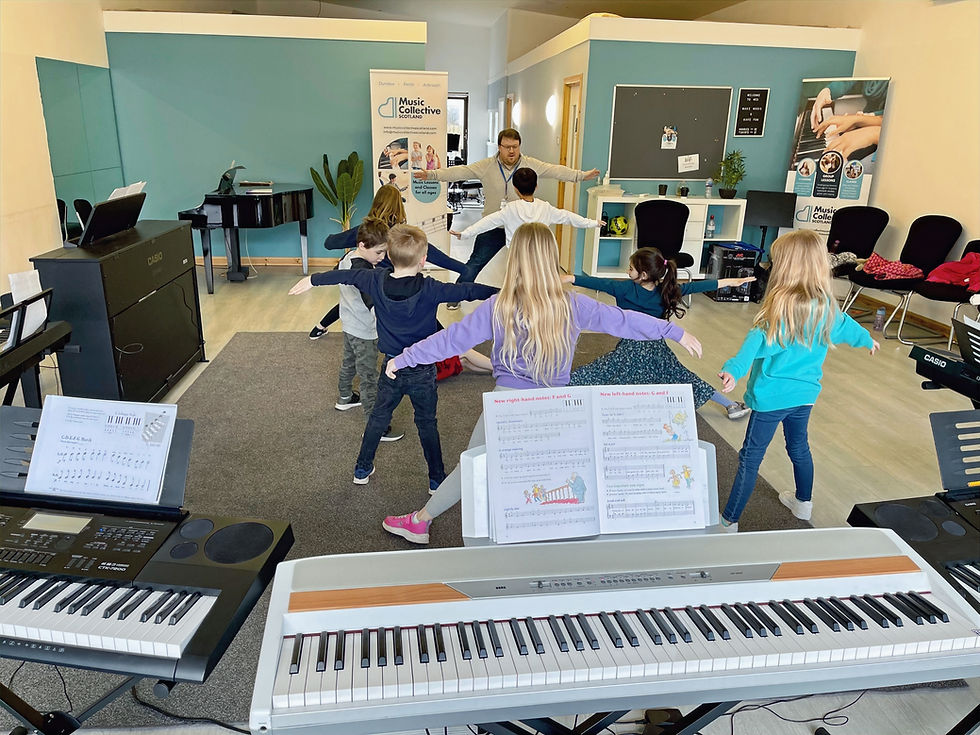Guide for Parents: What You Need at Home to Start Piano Lessons
- Nicole Tonner

- Dec 1, 2024
- 2 min read
Starting piano lessons is an exciting step in your child’s musical journey. At Music Collective Scotland, we believe that having the right setup at home can make all the difference in helping your child progress. Fortunately, you don’t need to break the bank to get started! Here’s a guide to help you choose the right instrument for your child’s early piano learning stages.

1. Early Stages: Low-Cost Options
For beginners, a 61-key keyboard with touch-sensitive keys is a great starting point. These keyboards are affordable and ideal for learning the basics, such as note names, fingering, and coordination.
• Why choose this? Touch-sensitive keys mimic the dynamics of a real piano, helping your child learn to play with expression.
• Budget-friendly tip: New keyboards are available for under £150, and you’ll often find second-hand options on Facebook Marketplace or eBay.
2. Digital Pianos: A Step Up
A digital piano is a solid choice for those ready to invest a little more. These instruments often have a full 88-key range and weighted keys, which help replicate the feel of an acoustic piano.
• Why choose this? Digital pianos provide excellent sound quality and can last for many years.
• Trusted brands: Yamaha and Casio are reliable options.
• Budget tip: Look for second-hand digital pianos—they’re widely available to suit various budgets.
3. Hybrid Pianos: The Best of Both Worlds
Hybrid pianos are a favourite in our studios. These instruments combine the convenience of a digital piano with the feel of an acoustic piano, thanks to their hammer-action keys.
• Why choose this? They offer an authentic piano experience without the need for regular tuning.
• Studio-approved: Hybrid pianos are an excellent long-term investment for serious learners.
4. Acoustic Pianos: The Ultimate Choice
If budget allows, an acoustic piano is the gold standard for any pianist. However, new acoustic pianos are costly, and second-hand options often require careful consideration.
• What to watch for: Free or low-cost acoustic pianos can be tempting, but repairs, tuning, and moving costs may add up to more than a good digital piano.
• Modern alternatives: Thanks to advances in digital technology, a high-quality digital piano can now rival a poorly maintained acoustic piano.
Key Takeaway: You Don’t Need to Spend a Fortune to Start
Whatever your budget or your child’s level, there are plenty of options to support their learning at home. Starting with a keyboard or a digital piano is often more than enough to get them on their way to success.
For more tips on starting piano lessons or to book your child’s first class, visit Music Collective Scotland.










Comments